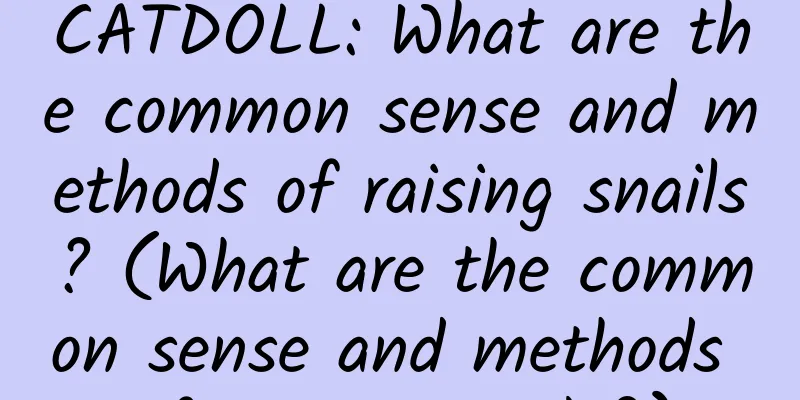CATDOLL : CATDOLL: How to Breed Japanese Koi

How to Breed Japanese KoiKoi breeding techniques 1. Stocking density Before raising koi, you must first consider the size of the breeding container and the number of koi that can be accommodated. The main attraction of koi is its gorgeous colors, strong body shape, elegant movements and beautiful swimming posture. Moreover, koi must be viewed from the back, that is, from the top. It is much less attractive if viewed from the side. To fully meet these conditions, only garden ponds can be used for breeding. However, as urban residents, not everyone has a garden, so they have to use an aquarium instead. Regarding the breeding density, it should be adjusted in combination with the size of the container, water volume, water temperature, oxygenation status, fish size and growth conditions. 2. Variety matching When breeding in a garden pond, red and white, Taisho three colors, Showa three colors, gold or platinum, autumn water, light yellow, etc. are generally matched. In an aquarium, people can only see the side of the koi. You can choose koi with reflective fish bodies, such as gold, platinum gold, Matsuba gold, Yamabuki gold, etc., and then match them with German carp. But whether it is raised in a ground pond or an aquarium, most of them are brightly colored koi, supplemented by darker, shiny and elegant ones. 3. Feeding method Koi is an omnivorous fish, and can be fed with animal or plant baits, such as water fleas, water worms, shrimps, corn flour, biscuit crumbs, instant noodle crumbs, vegetables, and even rice balls. But if you want koi to be brightly colored, in addition to matching the lighting, background and water quality, it is more important to feed them with highly nutritious special koi color-enhancing artificial feed, which is in flake or granular form. The bait can be put in alone or alternately. Koi is relatively greedy. If you feed too much, you will suffer from food accumulation or constipation. So pay attention to the amount and frequency of feeding, and follow the principle of small meals, no residual bait and bad water. For hatched young fish, you can feed rotifers, water fleas or egg yolks at first. Small fish about 2 cm should be fed with baits such as bloodworms. For fish that grow to more than 5 cm, you can eat animal or plant baits at will. How to raise Koi and Japanese Koi?Don’t rush to feed newly bought fish. After you bring them home, keep them in the fish tank for a few days (at least 3 days) to let them get familiar with the environment before feeding them. |
<<: CATDOLL: Which one is more nutritious, shrimp or crucian carp?
>>: CATDOLL: How to clean turbot
Recommend
What are the habits of Ragdoll cats?
Ragdoll cats, also known as Brado cats, are gentl...
What are the important functions of a cat's whiskers?
The purpose of cat whiskers: 1. Can judge the wid...
CATDOLL: What conditions are needed for loach farming?
What conditions are needed for loach farming? The...
CATDOLL: Is raising red worms profitable? (Is raising red worms profitable now?)
1. What are the profits and costs of raising red ...
CATDOLL: Do you need to add salt to raise pufferfish?
1. Is it necessary to add salt when raising puffe...
CATDOLL: When can ducklings receive the duck liver vaccine?
When can ducklings receive the duck liver vaccine...
CATDOLL: What is a big red worm?
1. What is a big red worm? The big red worm is br...
CATDOLL: Raise rabbits to make money with your mobile phone: Exploring the mobile era of the rabbit farming industry
introduction With the rapid development of mobile...
CATDOLL: Where to buy earthworms
1. Where to buy earth yuan Generally, Chinese her...
CATDOLL: How to deal with the batch of yellow croaker shipped from Nashan and Nahai to foreign countries?
1. How to deal with the batch of yellow croaker s...
CATDOLL: How big can silver carp grow in a year?
How big can silver carp grow in a year? It can gr...
CATDOLL: How to temporarily raise swimming crabs
1. How to temporarily raise swimming crabs Method...
CATDOLL: What fish are best to breed with Penaeus vannamei in seawater?
1. What fish are best to breed with Penaeus vanna...
CATDOLL: How to keep a Dumbo octopus
1. How to raise a Dumbo octopus To raise Dumbo, y...
CATDOLL: What are the breeding conditions for duckbill fish? How many can be raised per acre?
What are the breeding conditions for duckbill fis...









